Houseplants according to the leaf determine
Have you always wondered which plant Grandma Irmtraud or Aunt Mathilde gave you as a gift? Or the little sign with the name of the plant got lost when you moved and now you're puzzling about the name of your beloved plant? No problem!
We'll show you how to identify your houseplants without a green thumb. There are various methods for identifying unfamiliar indoor plants, three of which we will present to you in this article. Have fun while reading.
The following is important for identifying your houseplant: What does the leaf of the plant look like? The leaves are one of the most important identifying features of plants. First and foremost, a distinction is made as to whether it is a single sheet or a sheet that is connected.
The shape of the leaves can be very different. Nature knows no borders. They can be heart-shaped, egg-shaped, rounded, triangular, oblong or even fan-shaped. We show you some examples of common indoor plants with these leaf shapes here.

In the picture: Fiddle fig
Nature knows no boundaries - play of shapes
Heart-shaped
- Monster leaf(Monstera): large leaves
- Chandelier Flower (Ceropegia): tiny little leaves
- Flamingo flower(Anthurium): medium-sized leaves with flowers
- Cyclamen (Cyclamen): very small leaves with colorful flowers
- Sweetheart plant (Hoya kerrii): small to medium-sized leaves
- Arrow Leaf (Alocasia): dark green leaves with light lines
Ovoid
- Rubber tree(Ficus): medium-sized leaves
- Jasmine plant (Jasminum): medium-sized leaves
- Croton (Codiaeum): medium to large leaves
- Laurel(Laurus): medium-sized leaves
Plumpy
- Gunner Flower(Pilea): very small leaves
- Dwarf pepper(Peperomia): small leaves
- Leaf begonia(Begonia venosa): medium to large leaves
- Bubikopf(Soleirolia): tiny little leaves
- African violet (Saintpaulia): small leaves with blue/purple flower
Triangular
- Triangular lucky clover(Oxalis triangularis): small purple leaves
Elongated
- Dragon tree(Dracaena): very long thin leaves
- Spider plant (Liliaceae): slightly drooping leaves
- Cobbler Palm(Aspidistra elatior): wide long leaves
- Sling (Clivia): long thin leaves with orange flower
- Bug hemp (Sansevieria): long green-yellow leaves pointing upwards
- Agaves (Agave): thin to broad long pointed leaves
Fan-shaped
- Ginkgo: medium-sized leaves
Identify flowering houseplants
The flower can also help you to identify your indoor plants. However, this assumes that your houseplant is a flowering plant. The number of petals and the color of the flowers are particularly important here. Since these features of the plant are easy to spot, this shouldn't cause much trouble.

Pictured: Guzmania
Petal count
A petal
- Solid (Spathiphyllum): white flower
- Flamingo flower: red flower
Three petals
- some orchids
- Spiderwort (Tradescantia): purple/blue flower
Five Petals
- Dipladenia (Mandevilla): red, yellow or white flowers
- Jasmine plant (Jasminum): white flower
- Jungle Bells(Allamanda): Yellow Flower
Six petals
- Amaryllis: red flowers
- African Violet (Saintpaulia): purple/blue flowers
Seven petals and more
- Flaming Käthchen (Kalanchoe): colorful flowers
- Lance rosette(Aechma): pointed pink flowers
- Bromeliad (Bromeliaceae): red or yellow elongated flowers
- Tillandsia (Tillandsia): pink/purple flowers
Identify indoor plants with photo
The internet and plant encyclopedias can also help you identify your houseplants. Here, individual pictures of houseplants are shown. Usually you can tell just by looking at it whether it is the same plant as in the photo.
A distinction is often made between flowering plants and non-flowering plants. That narrows things down again.

Pictured: Golden Palm Tree
Plant identification book
Plant encyclopedias as books are often sorted in alphabetical order. A small profile with instructions for care is usually included in the plant portrait. It may take a while until you have found the right picture for your plant, so don't give up! If you take a little time, you can browse through the encyclopedia to discover previously unknown plant beauties and create your own "Urban Jungle" by bringing nature into your home.
Identify indoor plants online
There are now various pages on which individual pictures of different indoor plants can be found. Your plant can be identified quickly and easily using plant image databases. Identifying your houseplant online has the advantage that you can search more specifically because you can simply type in the description and in the best case scenario the web will spit out the appropriate picture for you.
If not, then you can often click on the respective picture and further details of the plant will be displayed. In this way you can exactly compare the photo and the details with your own houseplant.
Identify indoor plants with app
As a plant lover, you too can now benefit from technical progress. With the help of free apps from the App Store, you can identify your plant via app. For example, a very popular app for Android and IOS is Flora Incognita.
Most of the time you just have to photograph part of the plant and everything else happens automatically via the app. The database will then be searched and ideally you will have the name of the houseplant you are looking for after a short wait.
Tip: Photograph your plant in front of a neutral background if possible, this makes the search easier.
With some apps you not only have the possibility to determine the plant, but you can also order it online from plant breeders. There is also information about where a good location is and how you should best care for it.
What the appearance of plants says about them
So if you don't know the name of your plant, that's no problem. You don't always have to run bag and baggage to the nearest gardener and get advice. You can also solve the problem quite well from home. The shape of the leaves and the number of petals say a lot about your plant.
And that often helps with the identification. In addition, of course, the various apps for planting will help you or simply the normal online search in the plant databases. That's why it's now for you: Get to the plant, because today is its name day!
.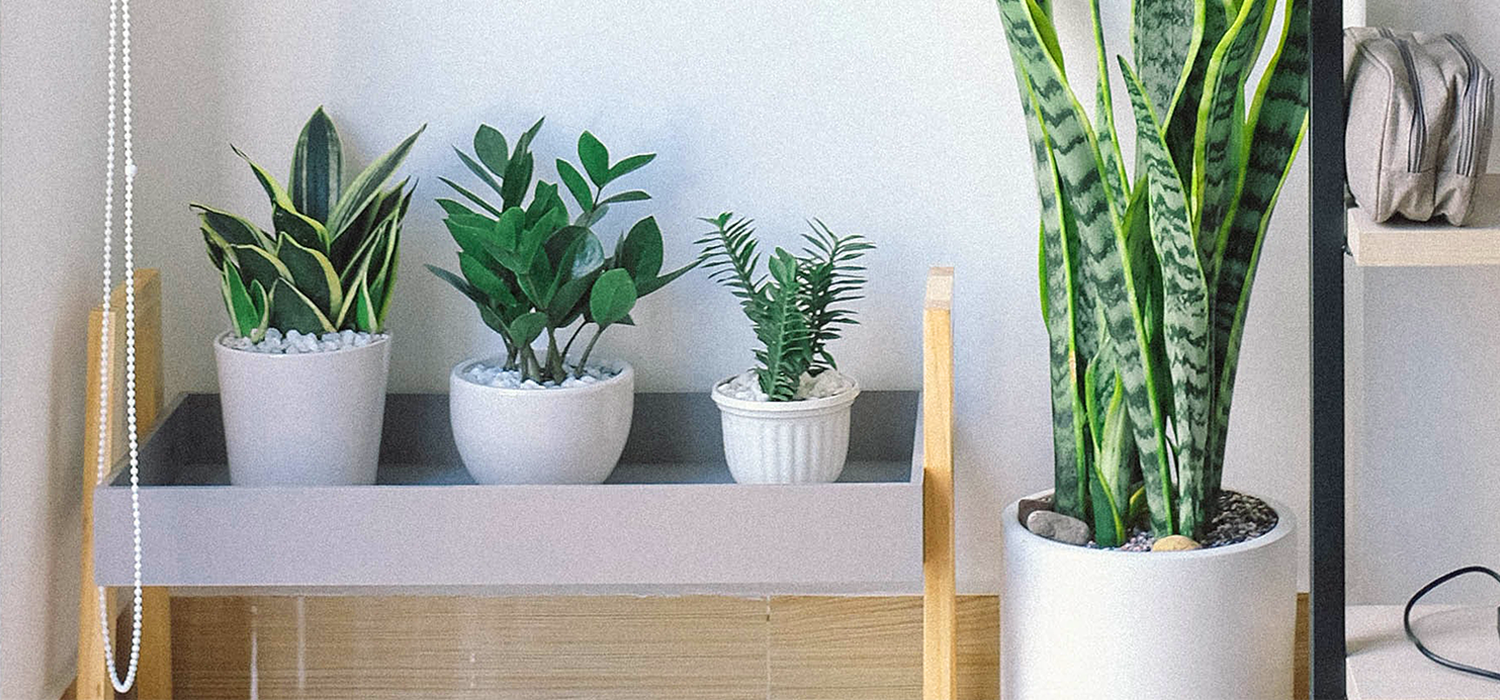
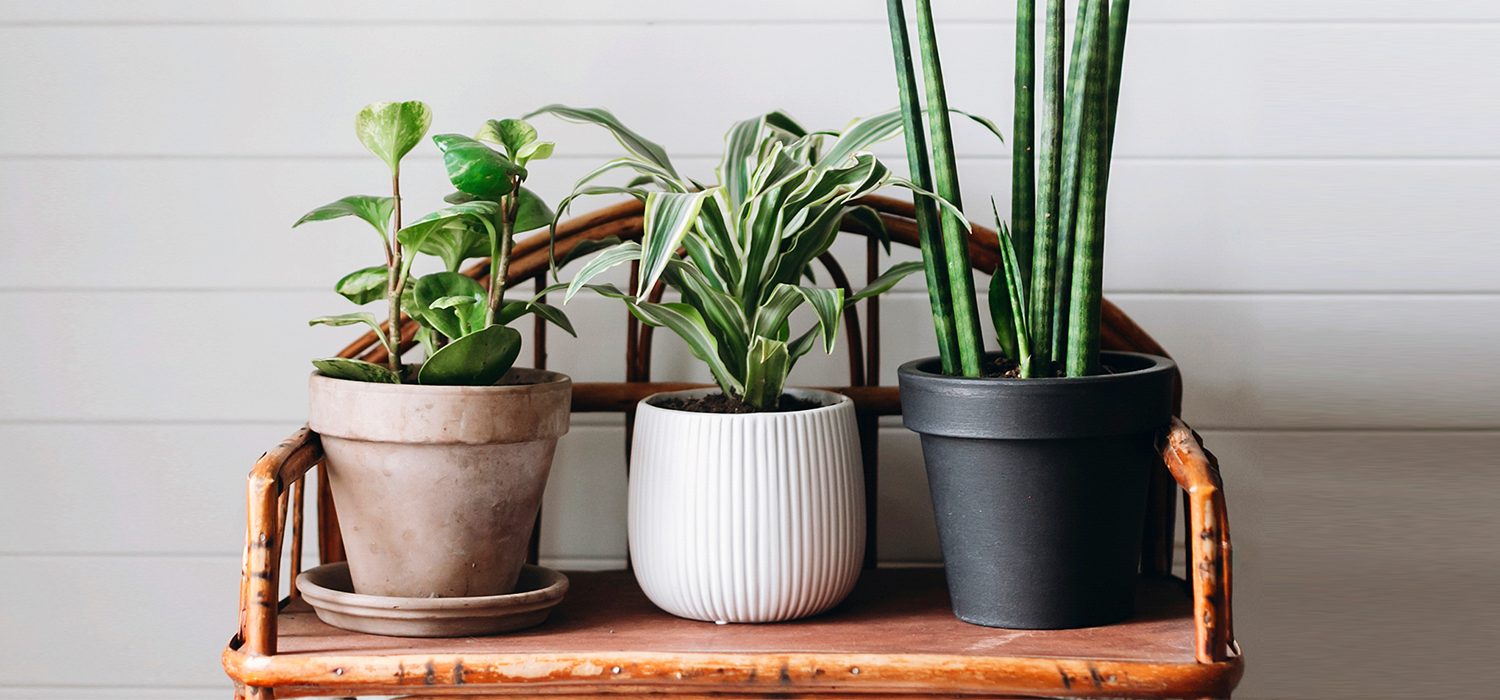

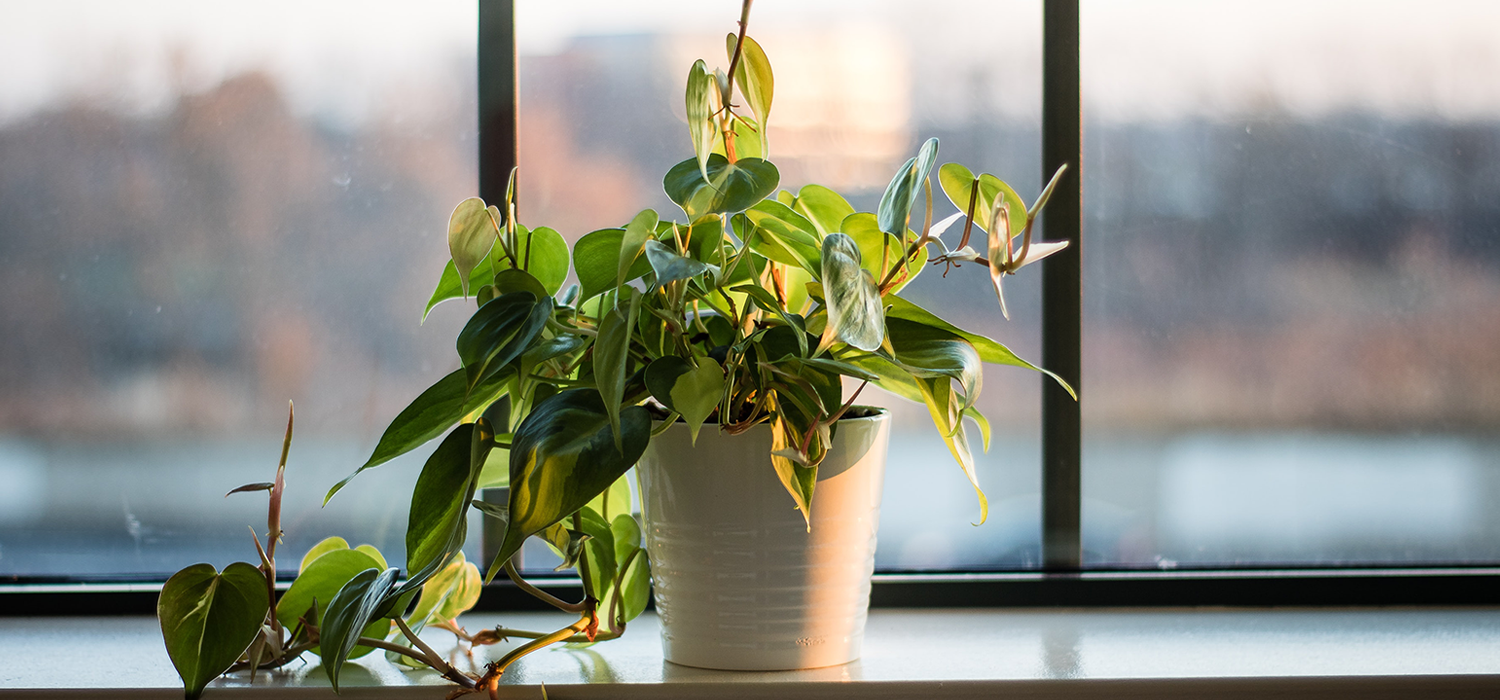
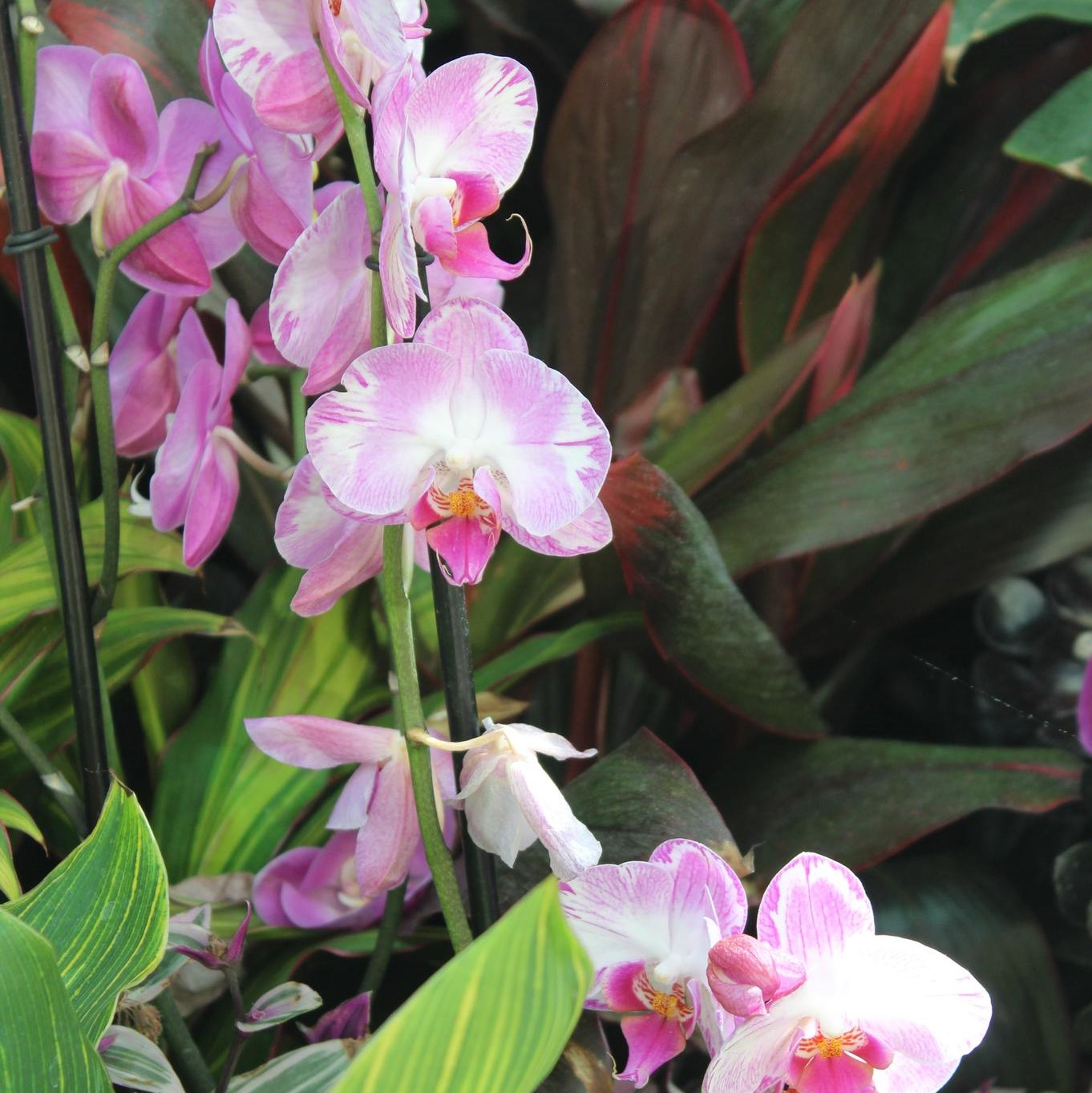
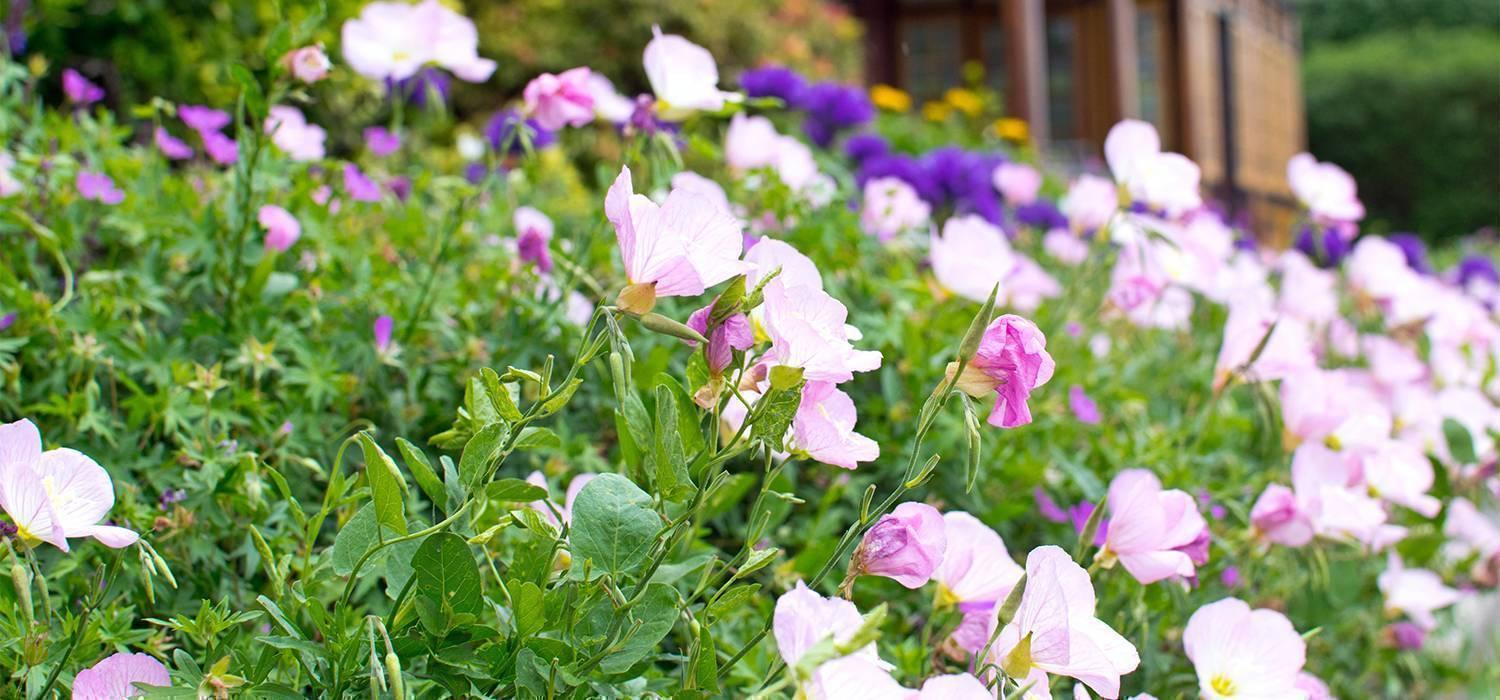
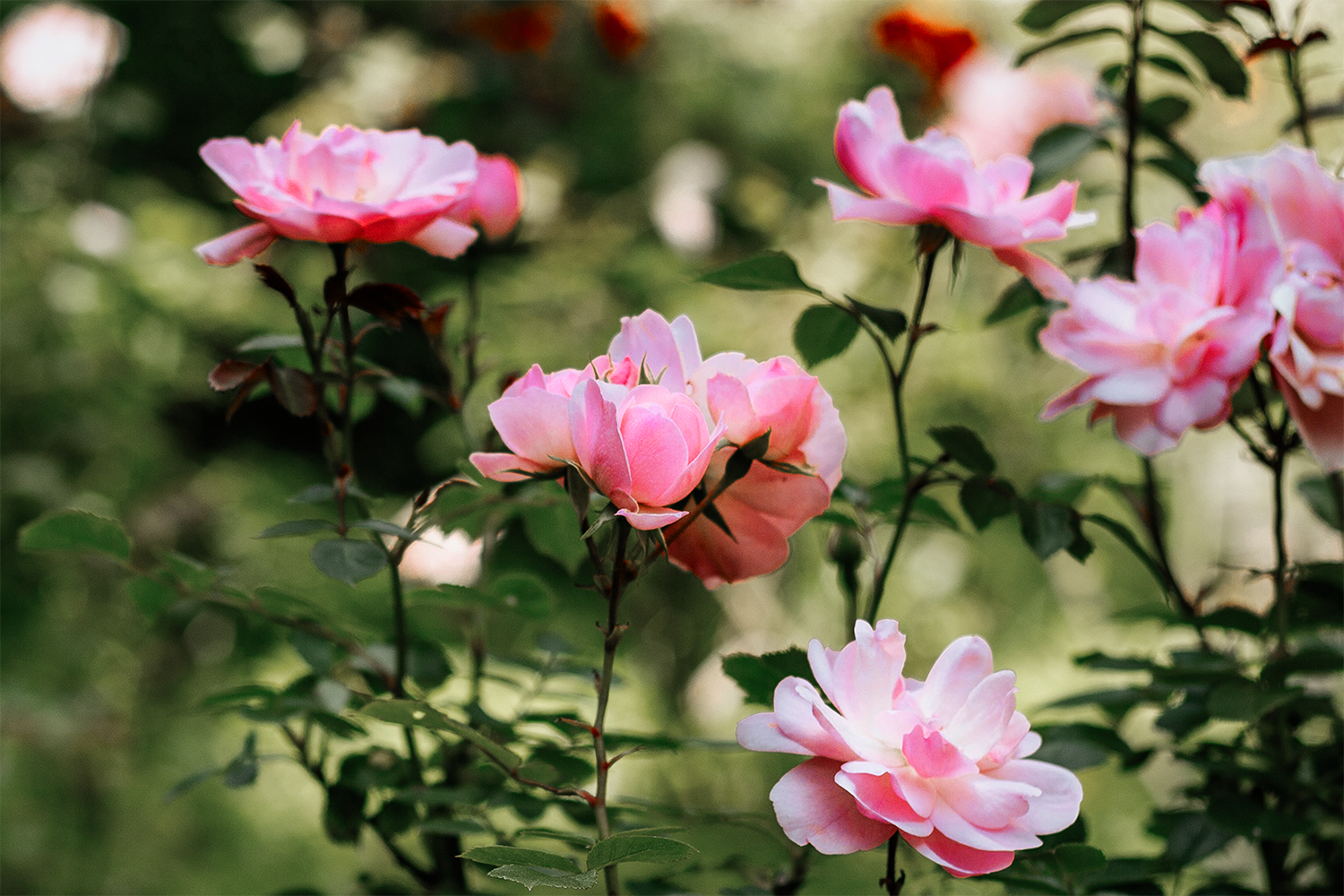
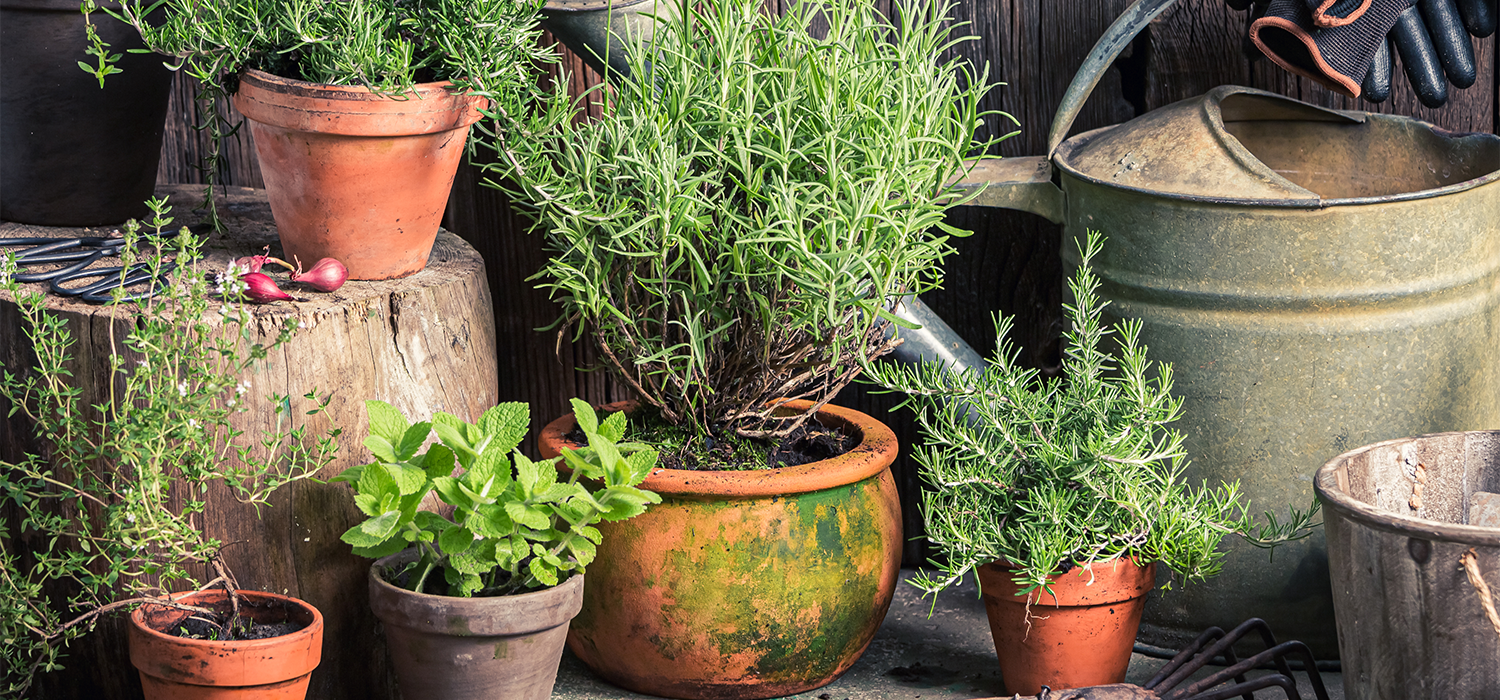
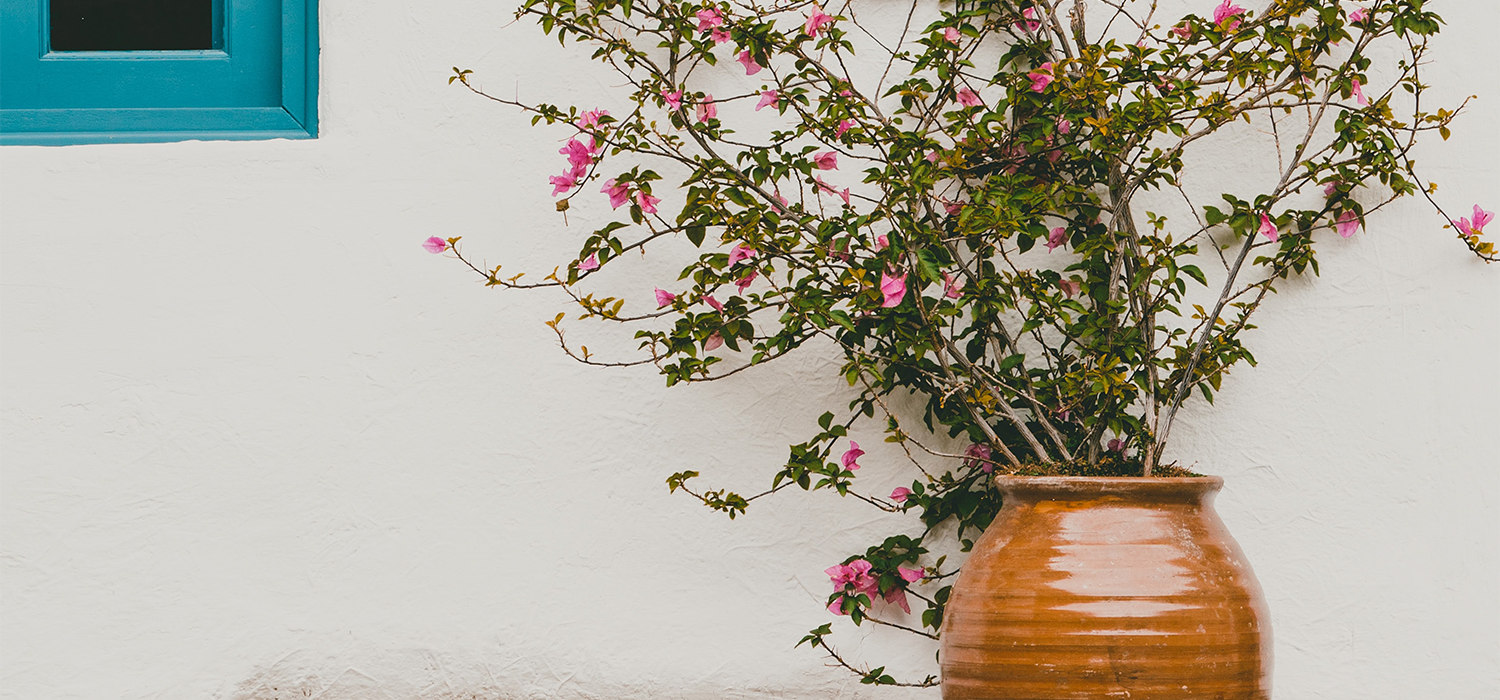

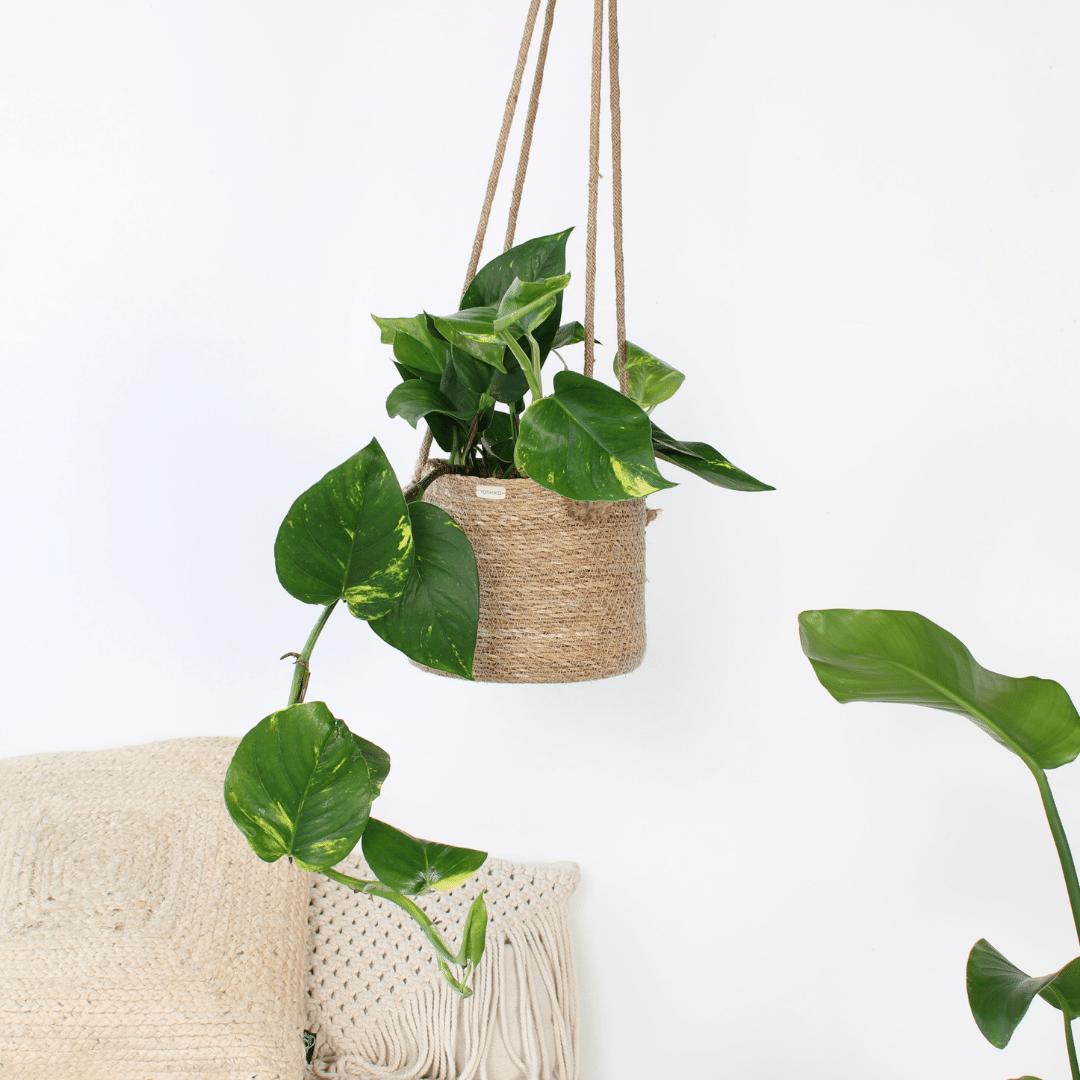
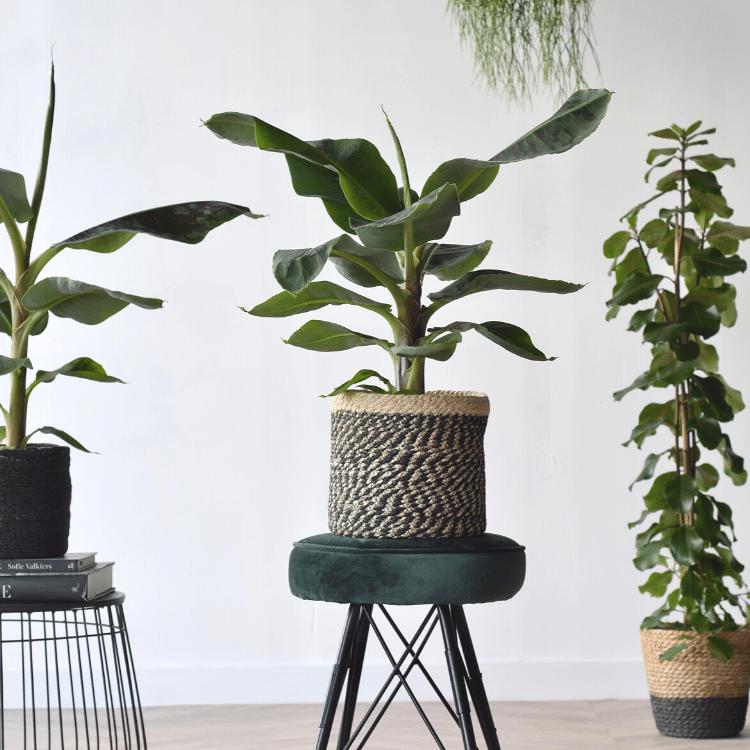
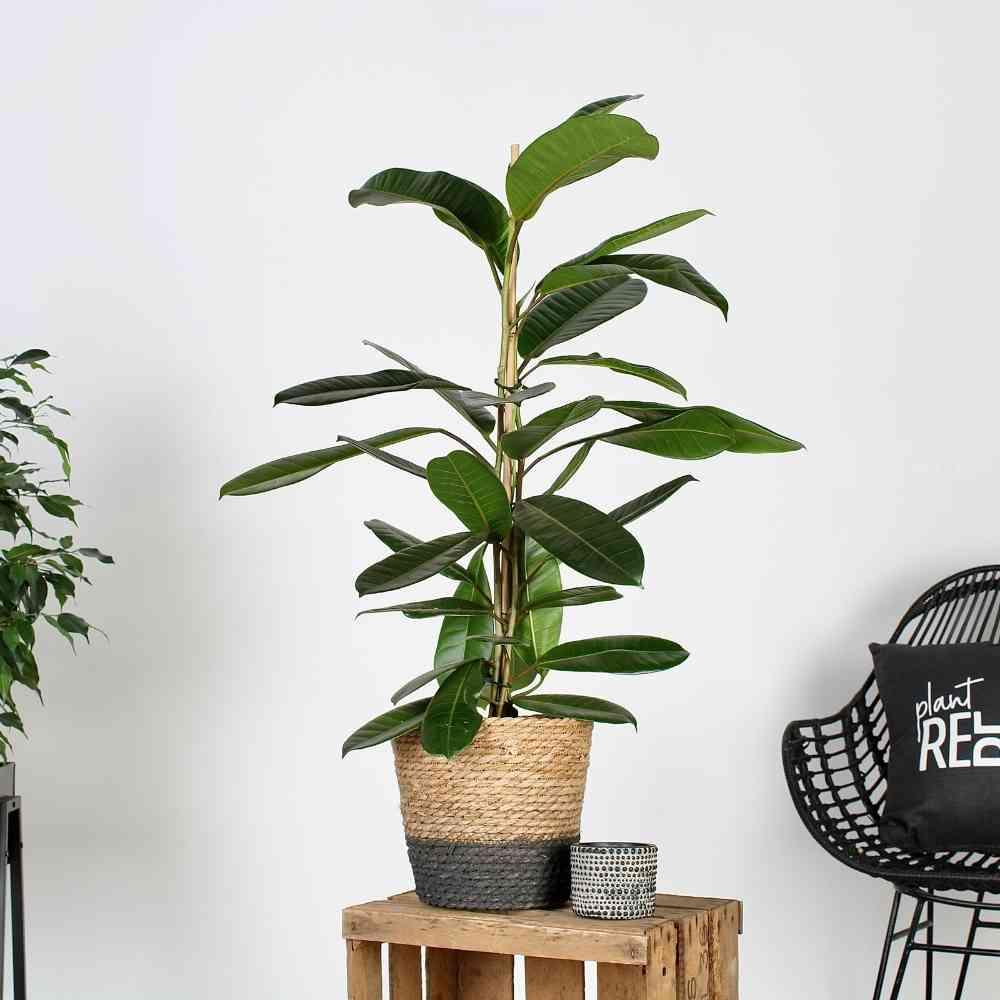
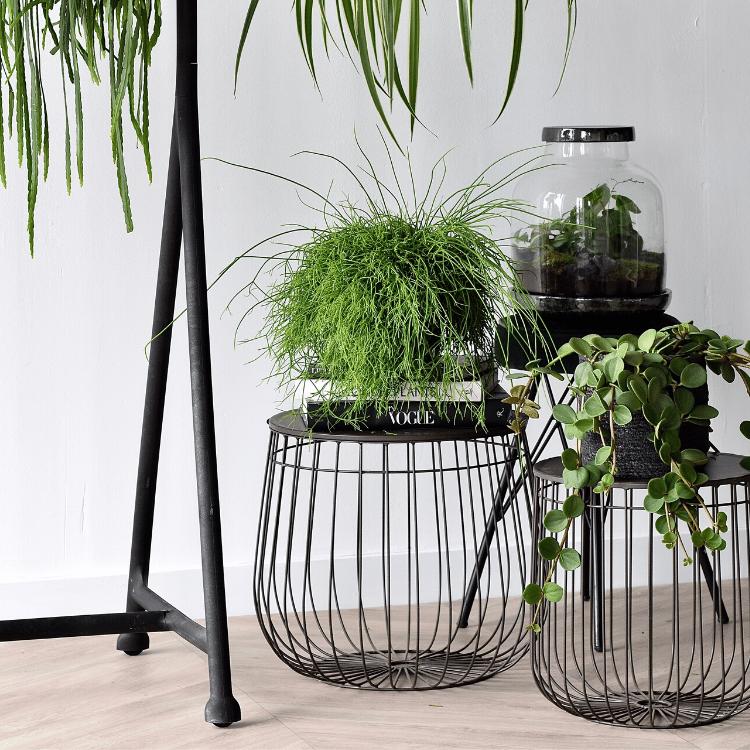
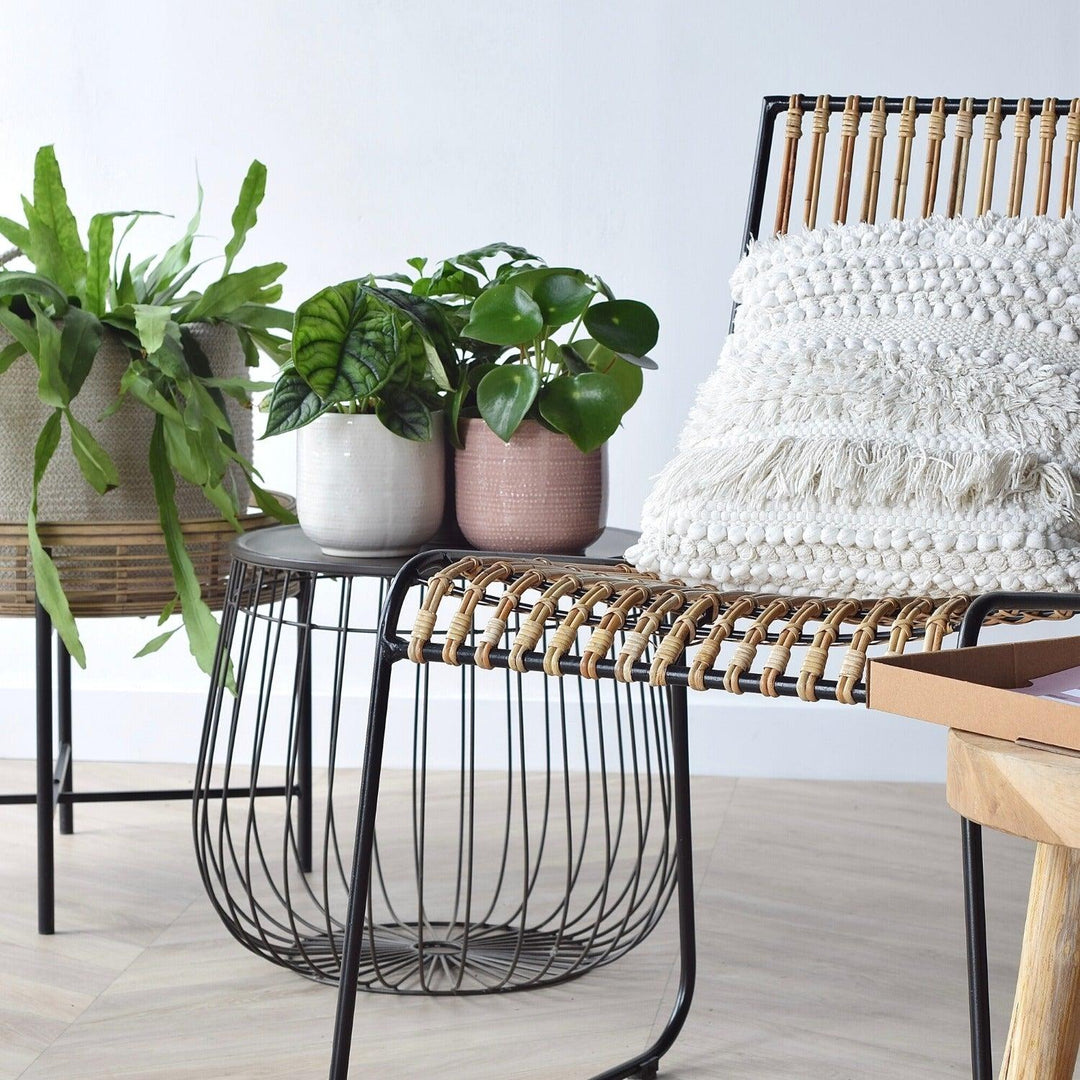
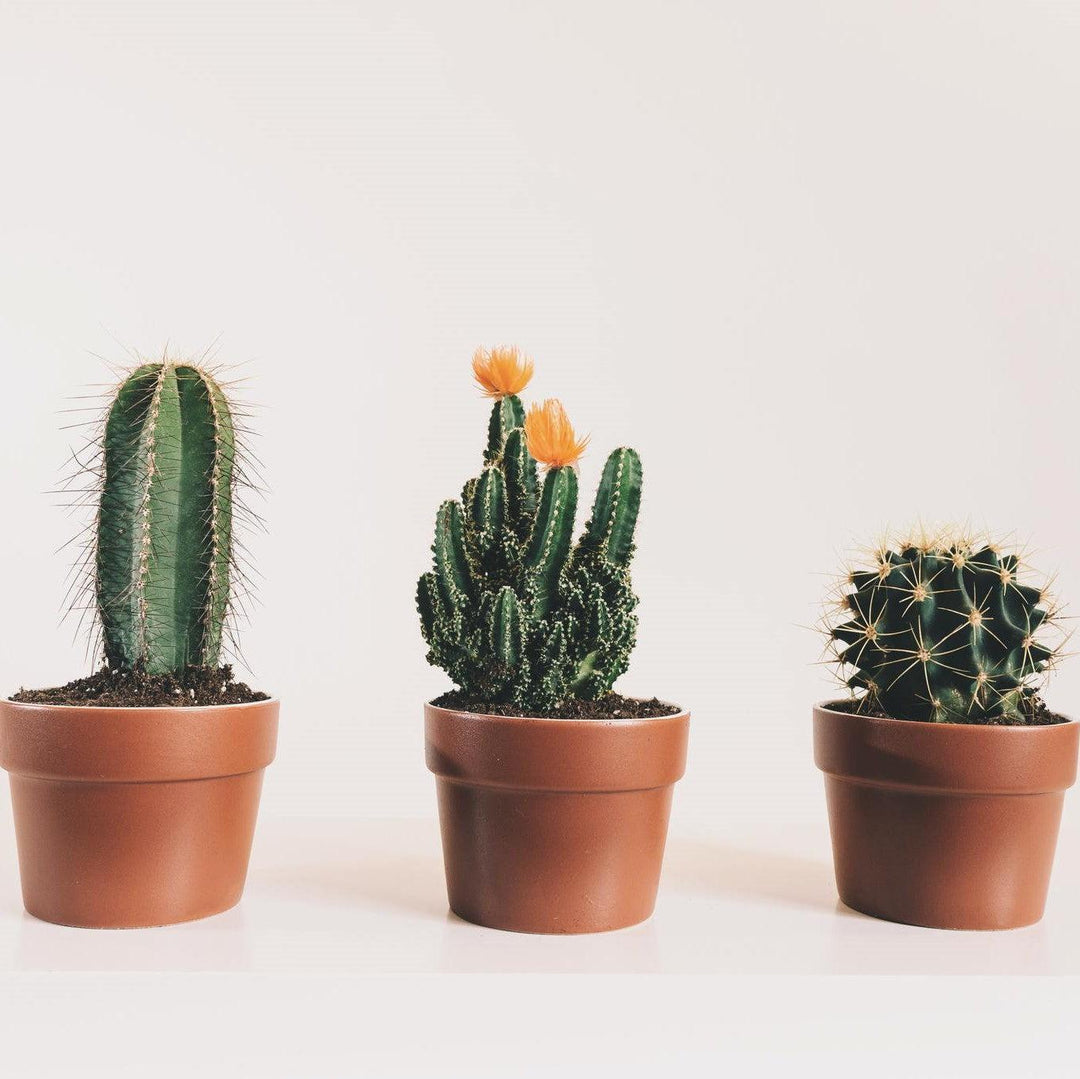
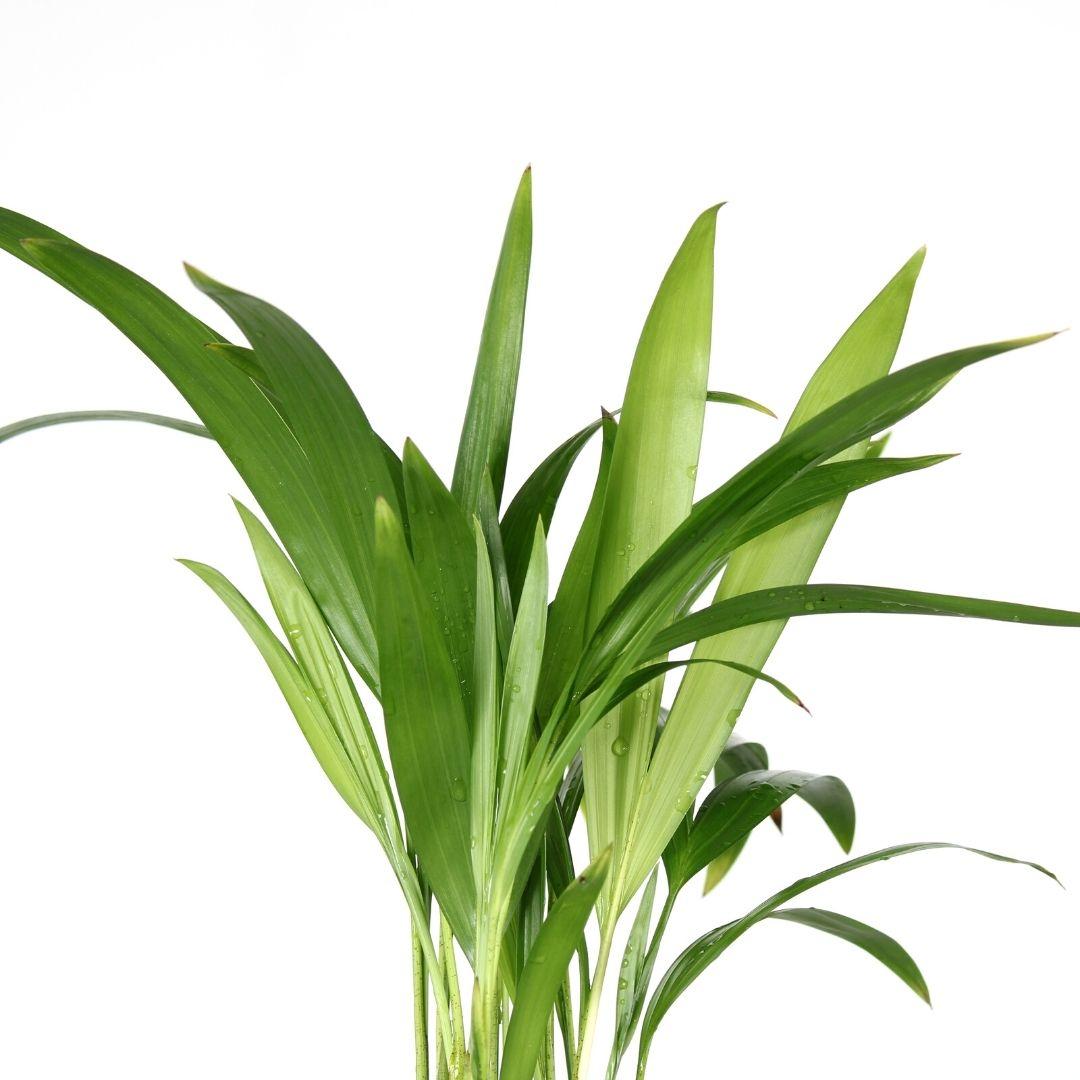
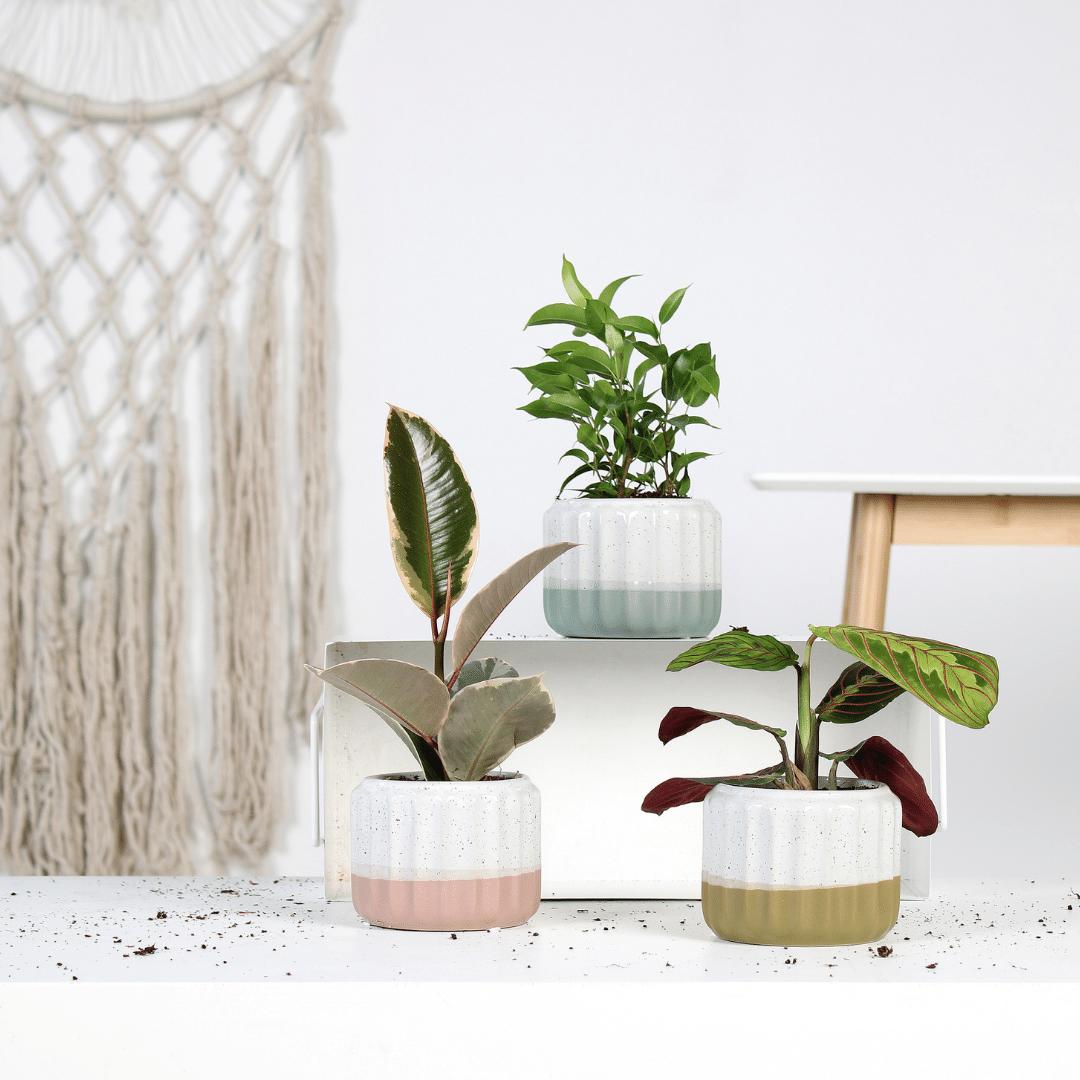
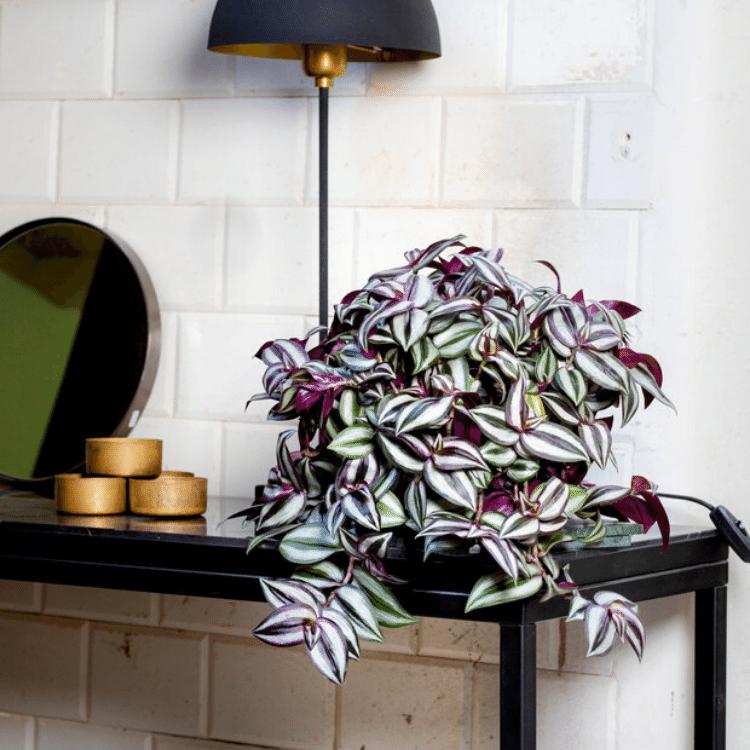
Leave a comment